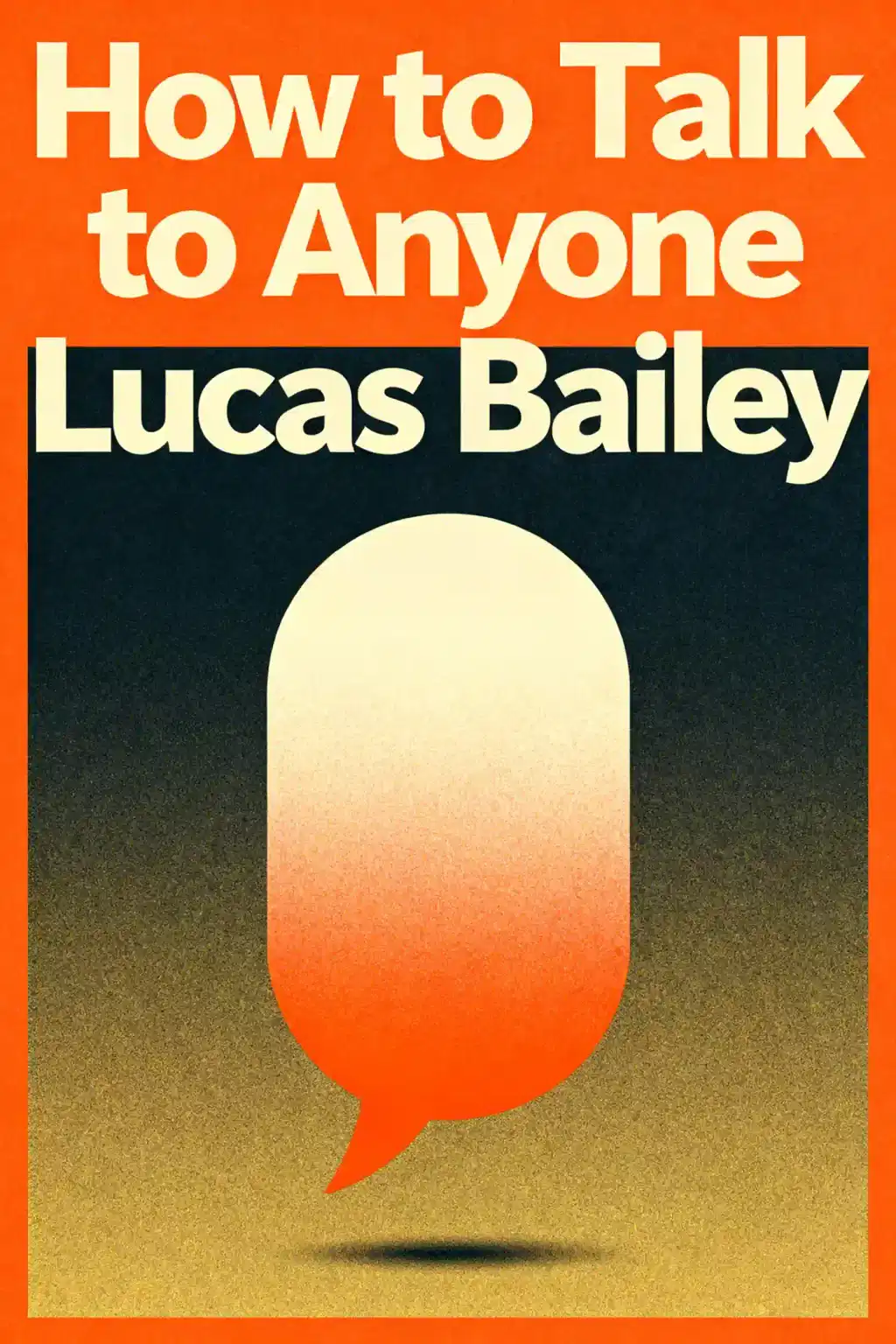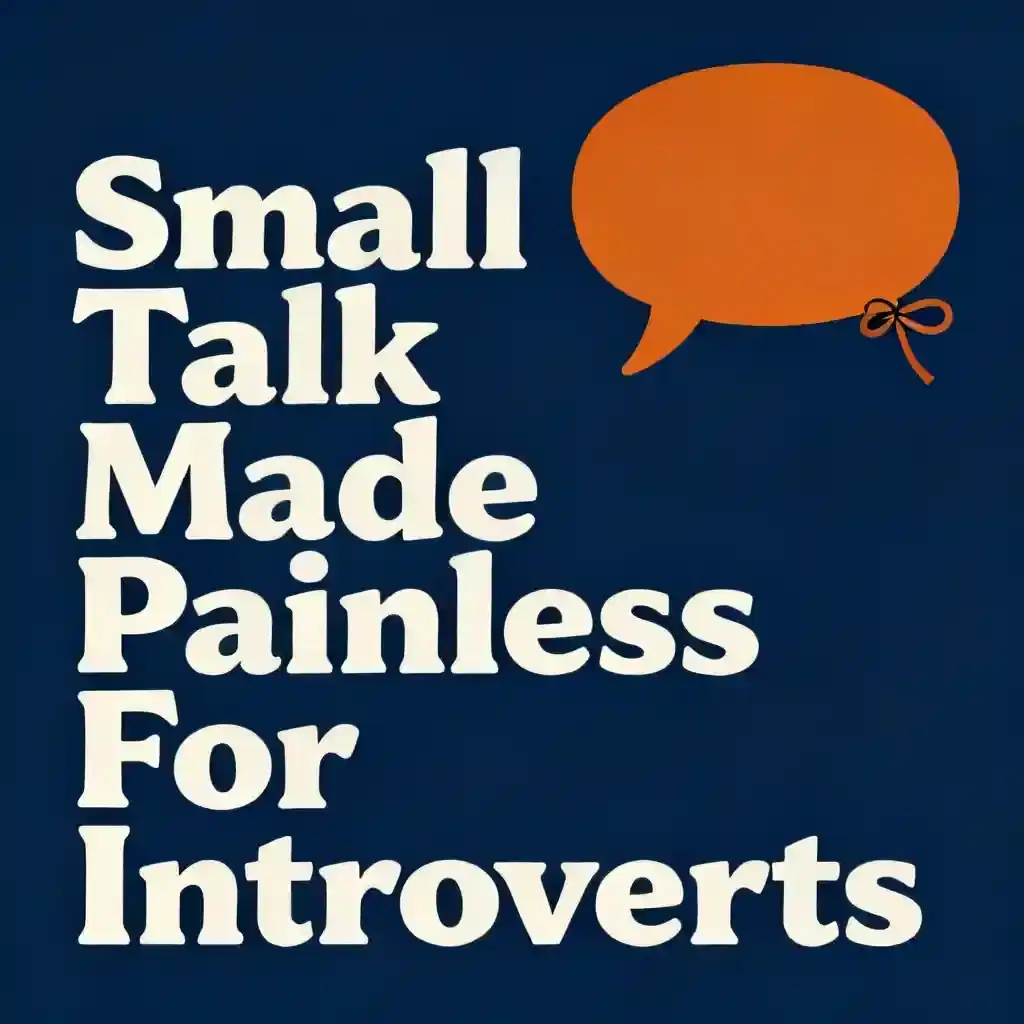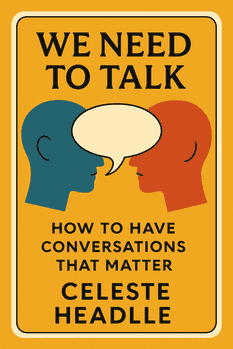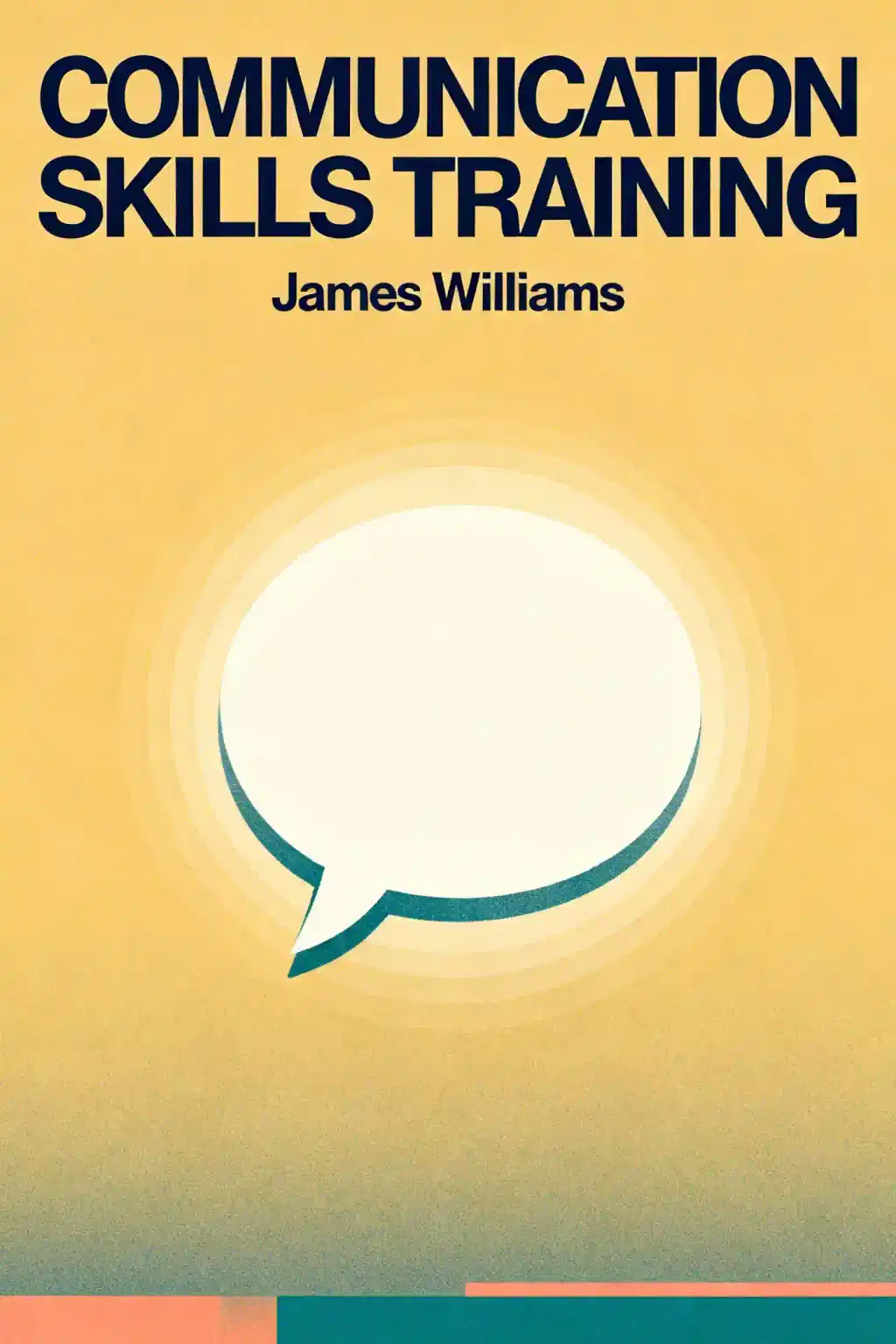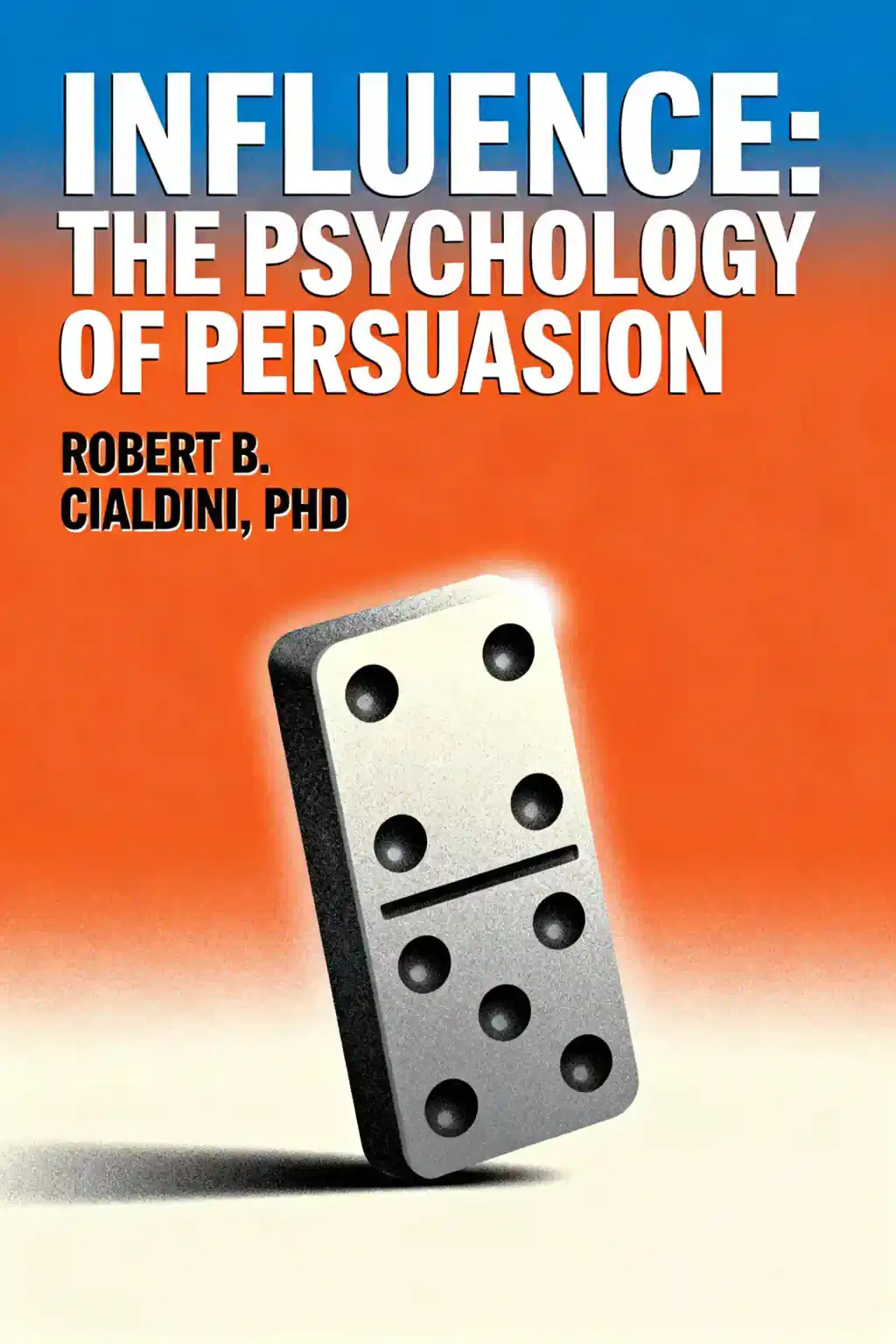What is
How to Talk to Anyone by Lucas Bailey about?
How to Talk to Anyone by Lucas Bailey is a guide to mastering communication skills through verbal, physical, and digital strategies. It covers confident body language, active listening, storytelling, and navigating difficult conversations. The book emphasizes emotional intelligence and charisma to build trust in personal, professional, and social contexts, offering practical exercises for rapid skill development.
Who should read
How to Talk to Anyone?
This book is ideal for professionals seeking career advancement, individuals aiming to improve social connections, introverts wanting to enhance conversational confidence, and anyone interested in leadership or dating. It’s tailored for readers who value actionable techniques over theoretical advice.
Is
How to Talk to Anyone worth reading?
Yes, the book provides actionable frameworks like the “Parroting Technique” (repeating phrases to keep conversations flowing) and “Stealth Praise” (subtle compliments). It blends psychological principles with real-world examples, making it valuable for personal growth and professional networking.
What are the key communication techniques in
How to Talk to Anyone?
- Parroting: Repeat the last few words of someone’s sentence to encourage elaboration.
- Body Language Mastery: Use open postures and intentional gestures to project confidence.
- Emotional Intelligence: Build rapport by validating others’ emotions and matching their communication style.
How does
How to Talk to Anyone help introverts?
Bailey advises introverts to leverage active listening, prepare conversation topics in advance, and practice in low-stakes settings (e.g., casual gatherings). Techniques like “Exclusive Smiling” (distinct greetings for each person) reduce social fatigue while fostering connections.
What does the book say about body language?
It highlights the “Power of Proximity” (strategic positioning in groups) and “Mirroring” (subtly mimicking others’ gestures to build trust). Avoid crossed arms or distracted eye contact, which signal disinterest.
How does
How to Talk to Anyone handle difficult conversations?
The book recommends reframing conflicts as collaboration opportunities. Use “I” statements to avoid defensiveness and focus on shared goals. For example, “I understand your concern—how can we find a middle ground?”
What role does storytelling play in the book?
Bailey teaches “Encored Storytelling”: prompting others to share impactful anecdotes (“Tell them about your promotion!”). This positions the speaker as engaging while giving listeners memorable insights.
How can these techniques improve workplace communication?
Applying “Active Listening” and “Clear Intent” (articulating goals upfront) fosters collaboration. For negotiations, use “Strategic Empathy” to address unspoken concerns, like acknowledging workload pressures before requesting deadlines.
What are memorable quotes from
How to Talk to Anyone?
- “Confidence isn’t innate—it’s a practiced performance.”
- “Your body speaks louder than your words; let it say ‘I’m here to connect.’”
- “The best conversations leave others feeling heard, not impressed.”
How does the book address digital communication?
It advises tailoring tone to platforms: concise emails with clear subject lines, empathetic video call gestures (nodding), and avoiding sarcasm in texts. Use “Reinforced Appreciation” (e.g., “Great point—let’s expand on that”) in virtual meetings.
What critiques exist about
How to Talk to Anyone?
Some readers note the advice occasionally prioritizes technique over authenticity (e.g., overly scripting conversations). However, Bailey emphasizes adapting frameworks to individual styles rather than rigidly following rules.
